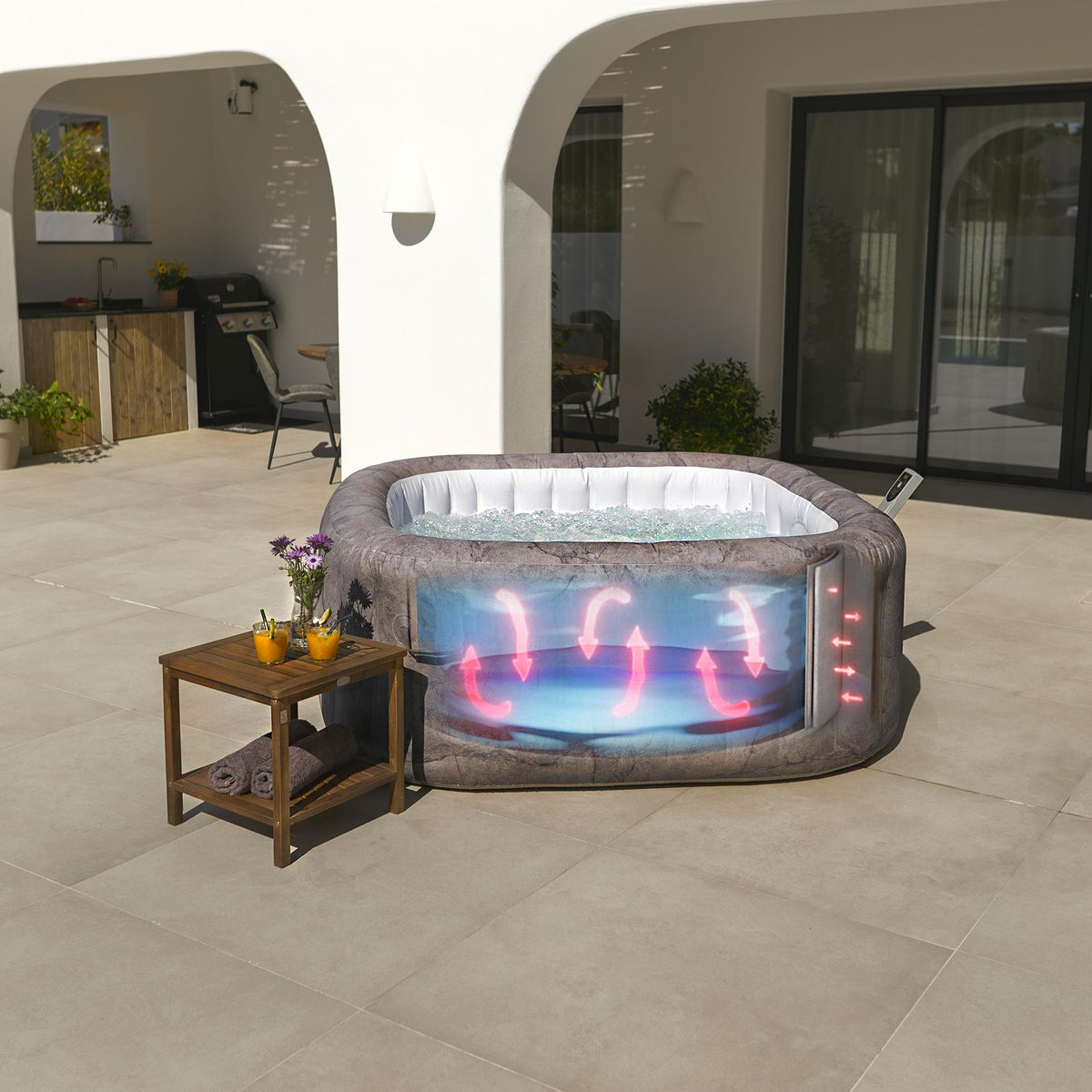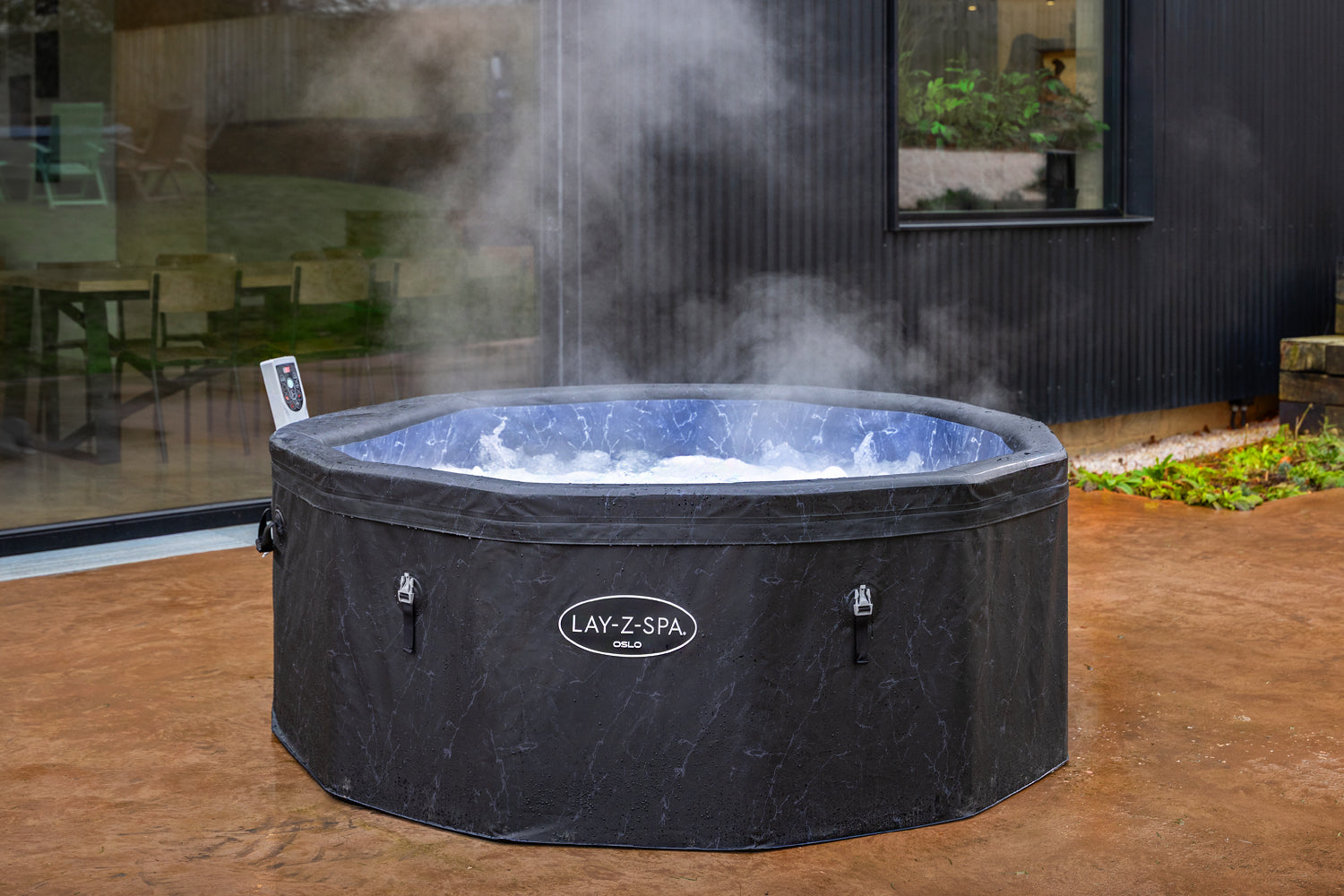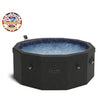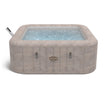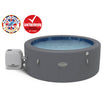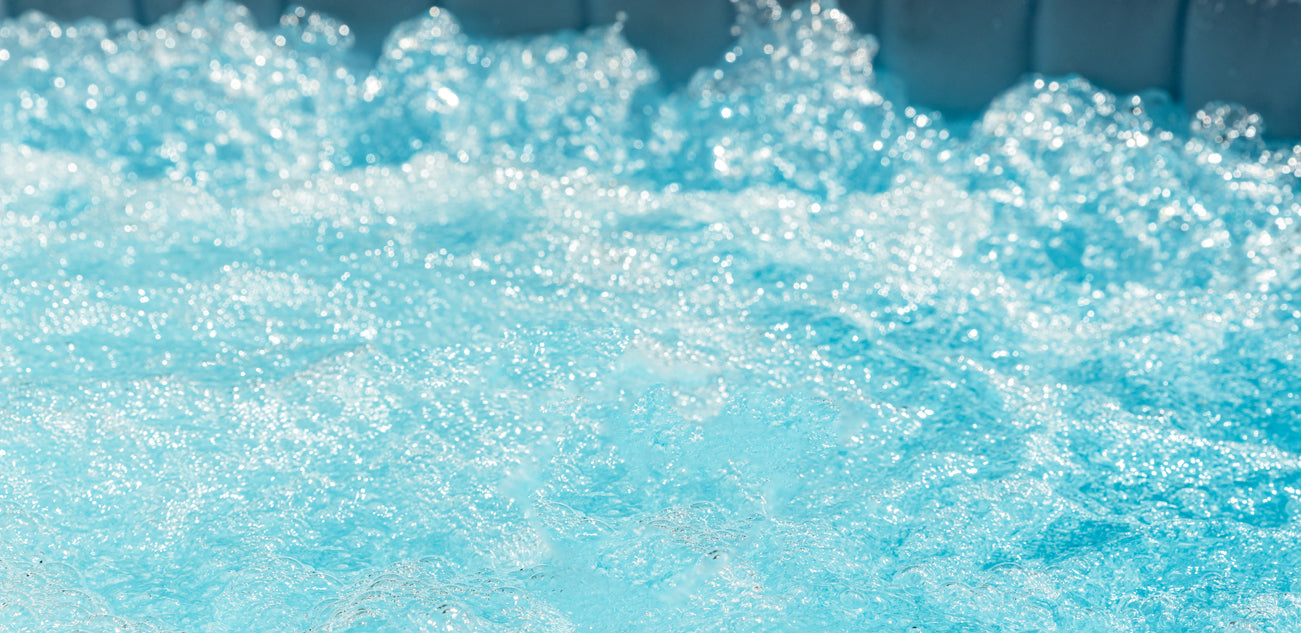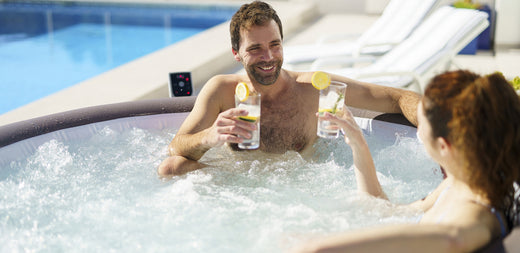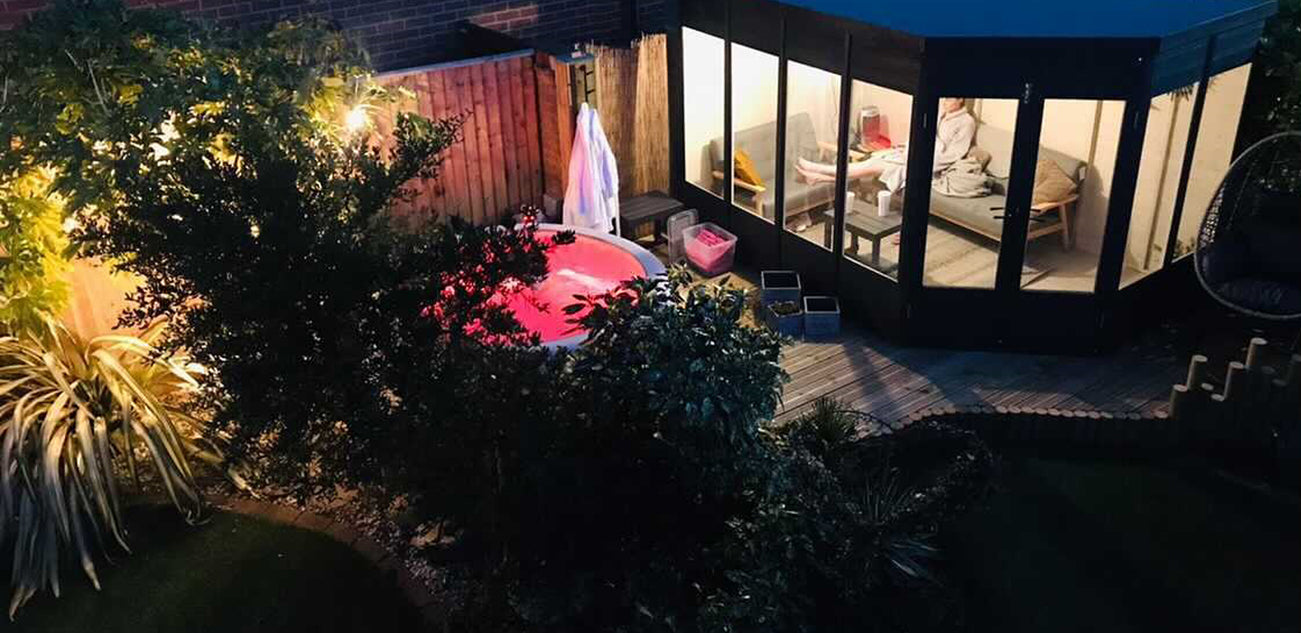If you own a Lay-Z-Spa and live in a known hard water area, follow the advice in this article to keep your hot tub in the best condition and help prevent the build up of scale.

What is hard water?
Rainfall is naturally soft water, but as it penetrates areas with porous, rocky terrain (such as limestone) it collects particles such as calcium and magnesium which turns it into what is known as hard water. This will be the type of water that comes directly from your tap. Some areas around the UK are much more prone to this, and if you have a Lay-Z-Spa in a hard water area, or even medium water area, you will need to consider this as part of your regular maintenance.
Is hard water bad for a Lay-Z-Spa?
Over time, calcium and magnesium deposits can build up inside the pump components, in the pipes, and around seals, reducing how efficiently the Lay-Z-Spa works. If not managed properly, scale build-up in a Lay-Z-Spa can cause irreversible damage.
Scale build‑up around the heating element impacts its ability to heat properly. This will make it work a lot harder to heat the water, using more energy and increasing hot tub running costs.
What to do if your Lay-Z-Spa is in a hard water area
- Firstly, it is really important to make sure pH and Alkalinity are always perfectly balanced. If imbalanced, it can lead to scale build-up.
- Clean filters weekly and replace worn-out filter cartridges.
- Use ClearWater® Scale & Stain Controller weekly. Just 15ml (per 1000 litres) added directly to the water on a weekly basis will help prevent limescale from building up.
- Use the Lay-Z-Spa Descaler every 1-3 months. This article helps to explain a couple of different descaling techniques.
Check If You Live In A Hard Water Area

It isn’t always obvious if you live in a hard water area. Sometimes, in very hard water areas, you can rapidly see a scale build-up inside your electric kettle. If you are unsure, it is best to check with your local water supplier.


